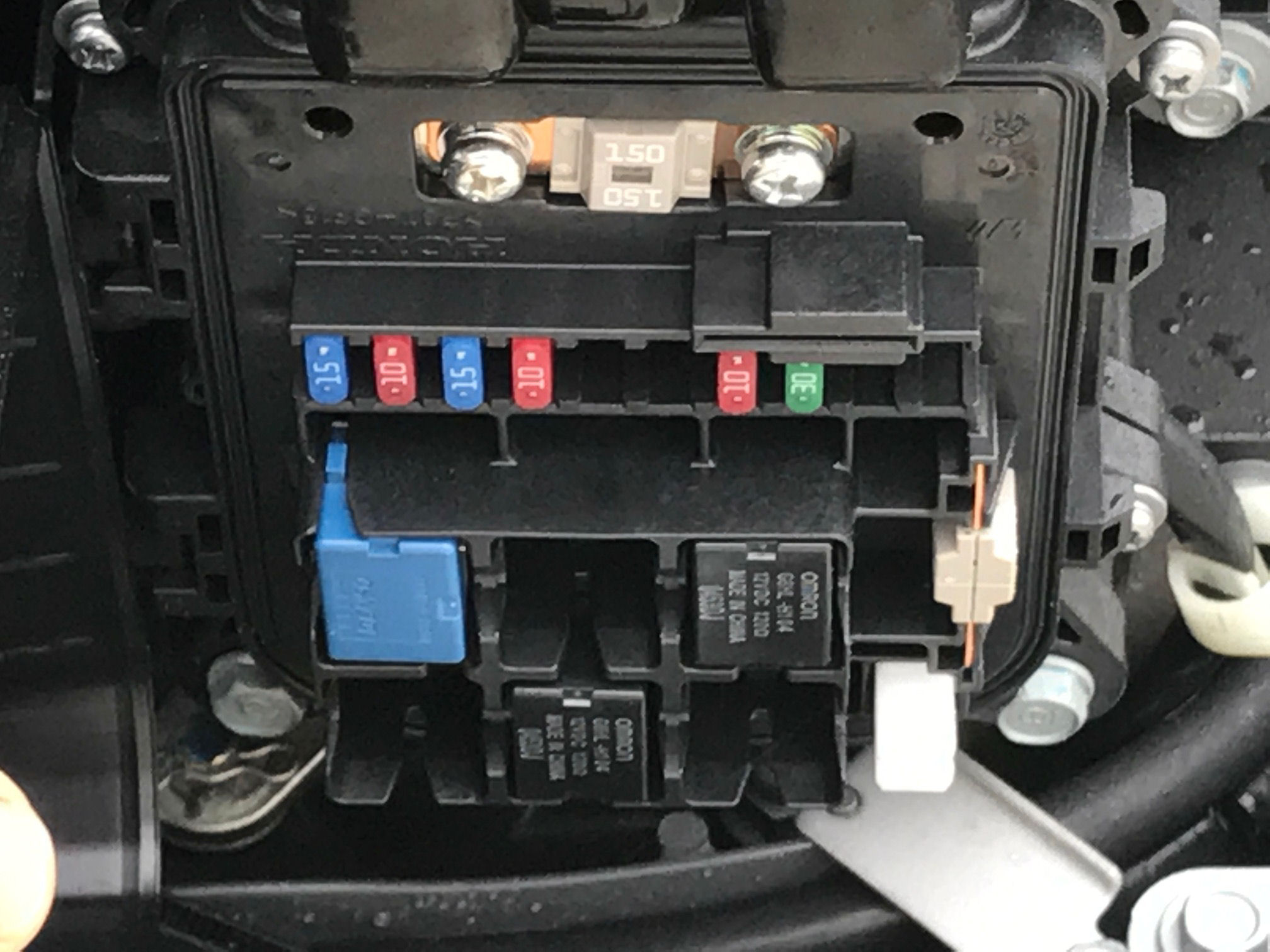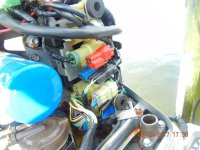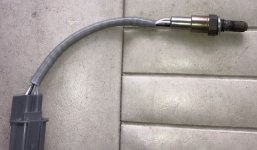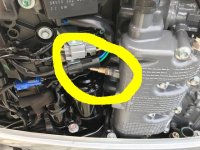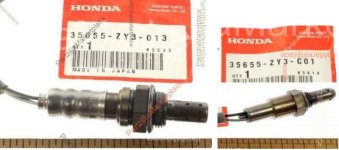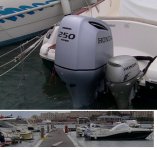Another 2 problems..
1. engine is about a year old - about 80 hours. A few weeks ago, the check engine light went on. It happened while trolling at about 3 mph. I shut down the engine immediately, checked that nothing was blocking the water intakes, and restarted. Was good for a week. Then same thing. This time, I just started the engines at the dock and was idling for about 3 minutes and the check engine light went on. Again, shut it off, turned it on and no alarm for another day. Then it started happening more frequently. Today it happened 3 times, at idle speed.
Here's the thing. I can't take it to a honda dealer. I have been using a mobile mechanic who doesn't have a honda computer. There is one local dealer who I do not like. Last time I went there they kept the boat for 6 weeks in the middle of bass season to replace an o2 sensor.
The dealer I purchased the engines from are too far away - about 50 miles by water across open ocean. Don't want to try it with an engine I don't trust.
I called a few other local mechanics and nobody has a honda computer.
I am thinking the most likely culprit is an o2 sensor? No? So I am planning on just buying one and replace it myself and see what happens. Is there another sensor that is more likely? Any other way to diagnose it?
2. Problem with steering. Worked perfectly for years. Had a small leak in the helm for last 6 months. I checked fluid daily and added a little as needed. Last week the power steering pump started making a bad noise - whining. And the steering became hard - same as when I try to steer with the power steering off. I had the helm changed today and purged the system - that fixed the leak but not the power steering pump.. I read about a screen in the fitting on the power steering pump. The mechanic removed the hoses going to the pump but did not see a screen. The pump is seastar PA1200. Does this sound like I just need to replace the pump? I also have a garman gp10 autopiot. That works and the hard steering happens with the autopilot turned on or off so I am thinking it can't be a problem with the auotpliot? Hate to replace a $1500 pump needlessly
thanks.
Al
1. engine is about a year old - about 80 hours. A few weeks ago, the check engine light went on. It happened while trolling at about 3 mph. I shut down the engine immediately, checked that nothing was blocking the water intakes, and restarted. Was good for a week. Then same thing. This time, I just started the engines at the dock and was idling for about 3 minutes and the check engine light went on. Again, shut it off, turned it on and no alarm for another day. Then it started happening more frequently. Today it happened 3 times, at idle speed.
Here's the thing. I can't take it to a honda dealer. I have been using a mobile mechanic who doesn't have a honda computer. There is one local dealer who I do not like. Last time I went there they kept the boat for 6 weeks in the middle of bass season to replace an o2 sensor.
The dealer I purchased the engines from are too far away - about 50 miles by water across open ocean. Don't want to try it with an engine I don't trust.
I called a few other local mechanics and nobody has a honda computer.
I am thinking the most likely culprit is an o2 sensor? No? So I am planning on just buying one and replace it myself and see what happens. Is there another sensor that is more likely? Any other way to diagnose it?
2. Problem with steering. Worked perfectly for years. Had a small leak in the helm for last 6 months. I checked fluid daily and added a little as needed. Last week the power steering pump started making a bad noise - whining. And the steering became hard - same as when I try to steer with the power steering off. I had the helm changed today and purged the system - that fixed the leak but not the power steering pump.. I read about a screen in the fitting on the power steering pump. The mechanic removed the hoses going to the pump but did not see a screen. The pump is seastar PA1200. Does this sound like I just need to replace the pump? I also have a garman gp10 autopiot. That works and the hard steering happens with the autopilot turned on or off so I am thinking it can't be a problem with the auotpliot? Hate to replace a $1500 pump needlessly
thanks.
Al



